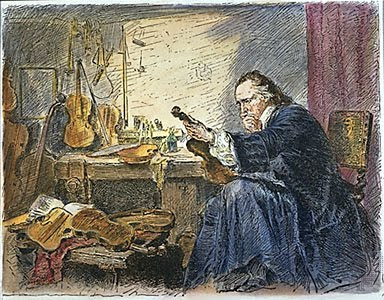
We are thinking that olive groves are not quite as forgiving as the corn fields that the kid in the picture is using. And the bit about "no experience needed" probably should have a "as long as you don't mind crashing." Oh well, I guess crashing is part of the learning experience. But a quick review of the pertinent R/C airplane forums reveals there may be problems with this wing design: Apparently when it stalls, one wing stalls before the other (i.e. it "tip stalls"), with catastrophic results. The plane has a very comforting ACT ("Anti-Crash Technology") feature, but the forums advise that this feature may cause more crashes than it prevents.
We have the plane back on the Rome workbench this weekend. Crazy glue and tape are being applied. We will be back out at Chinghale International Airport (i.e. a clearing in the olive grove) next weekend to see if we can get a few good flights out of this thing.
Radio notes: The radio control system is on 27.145 MHz FM.



























